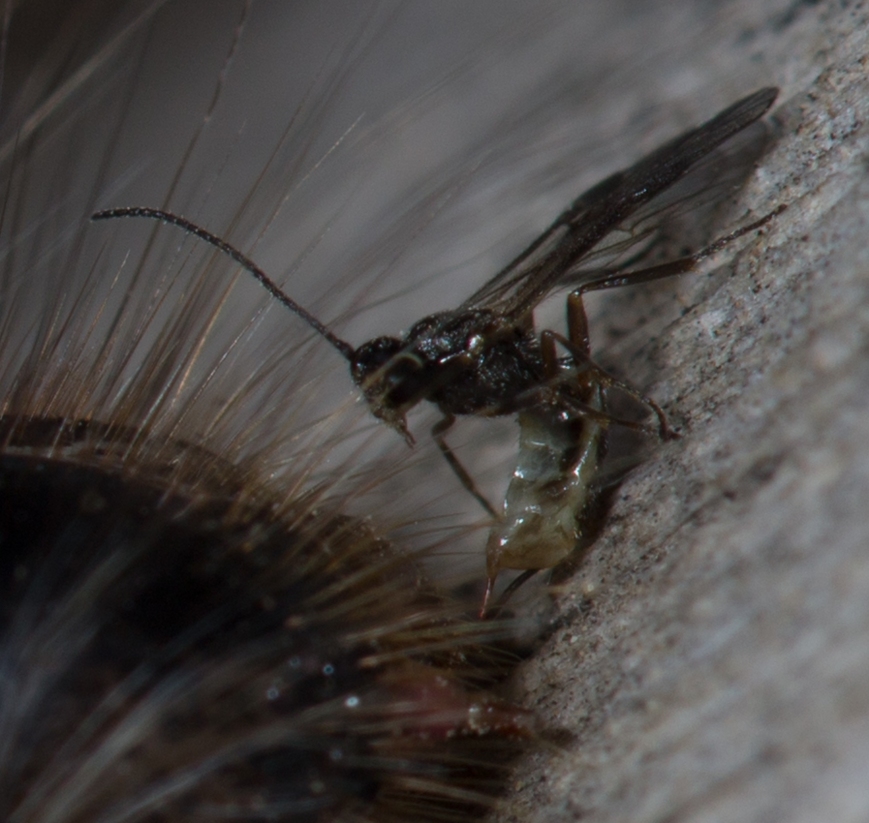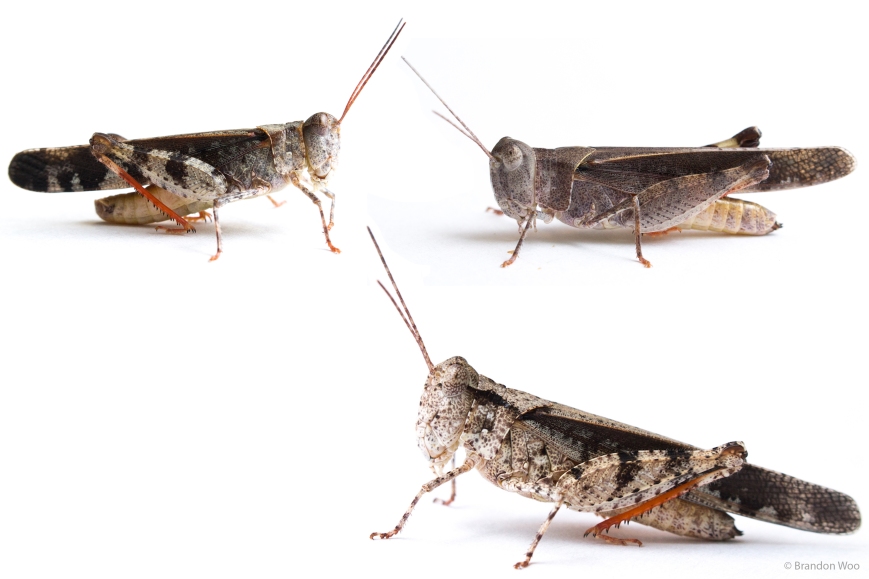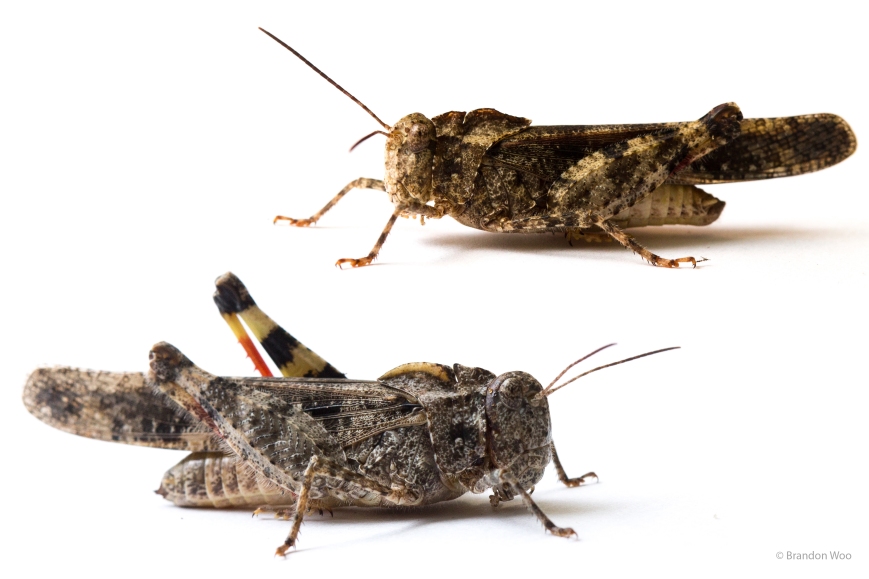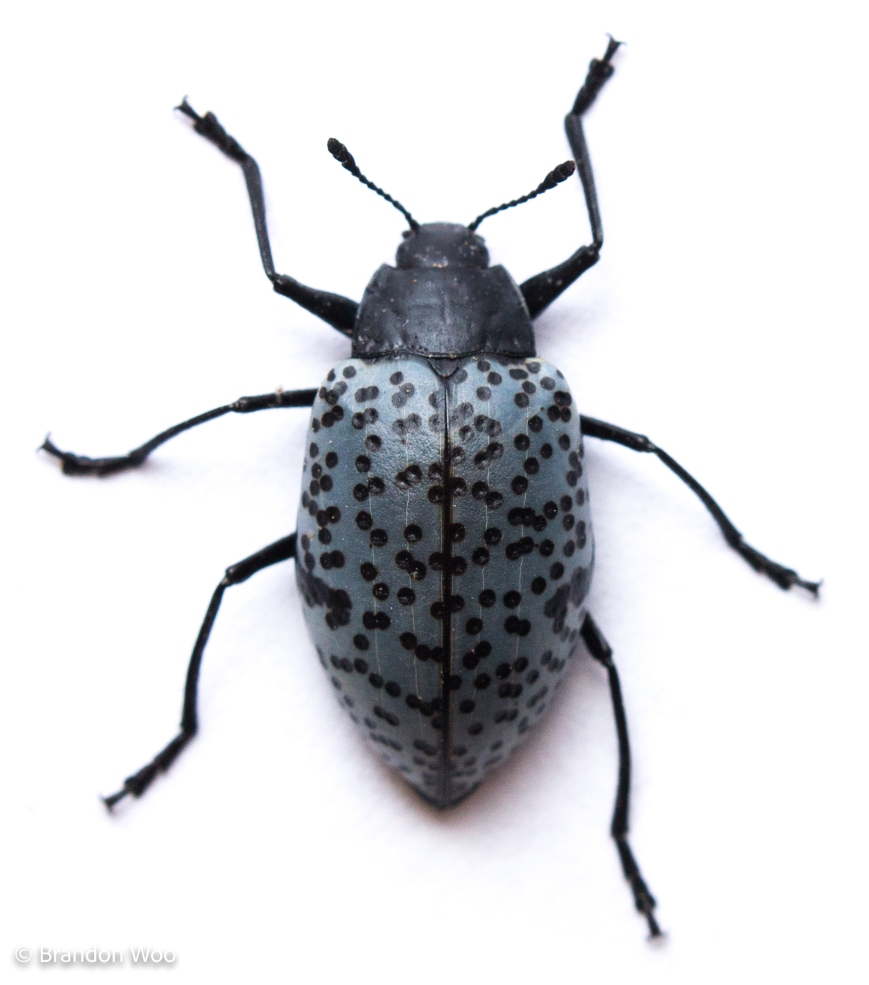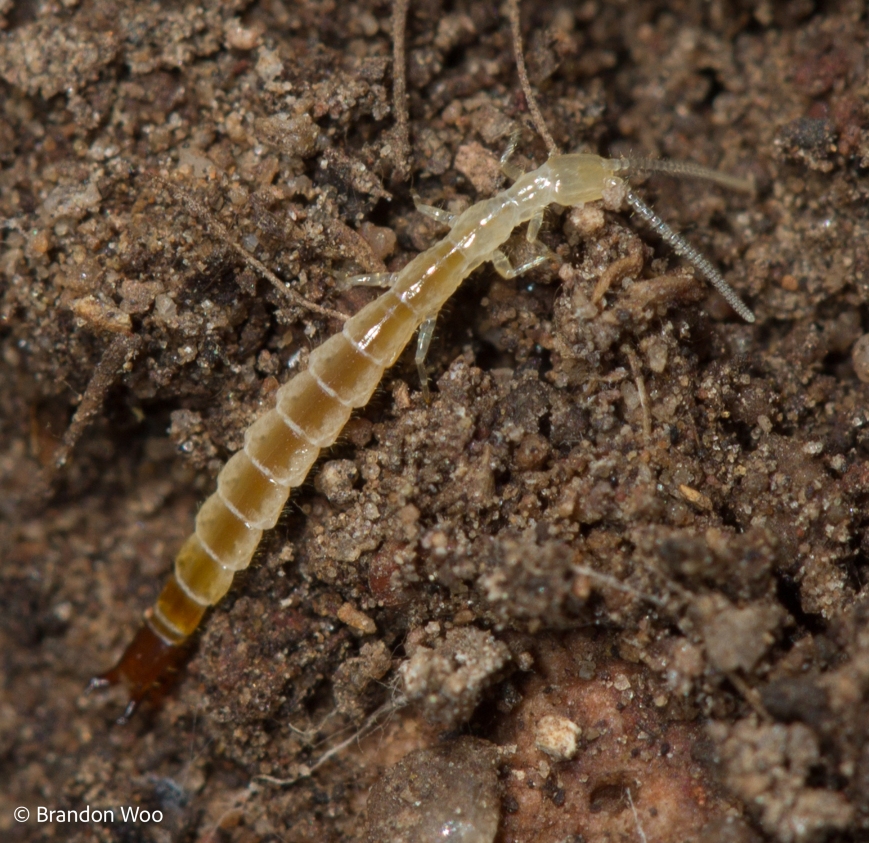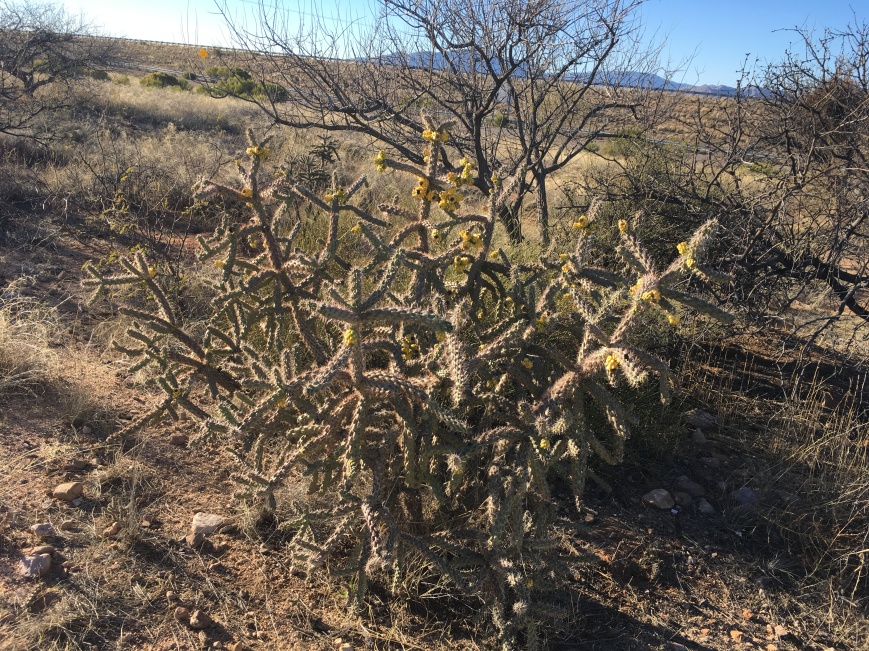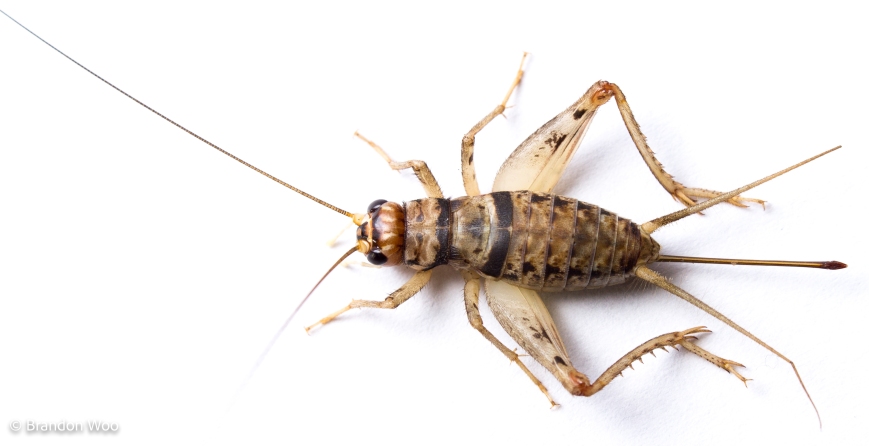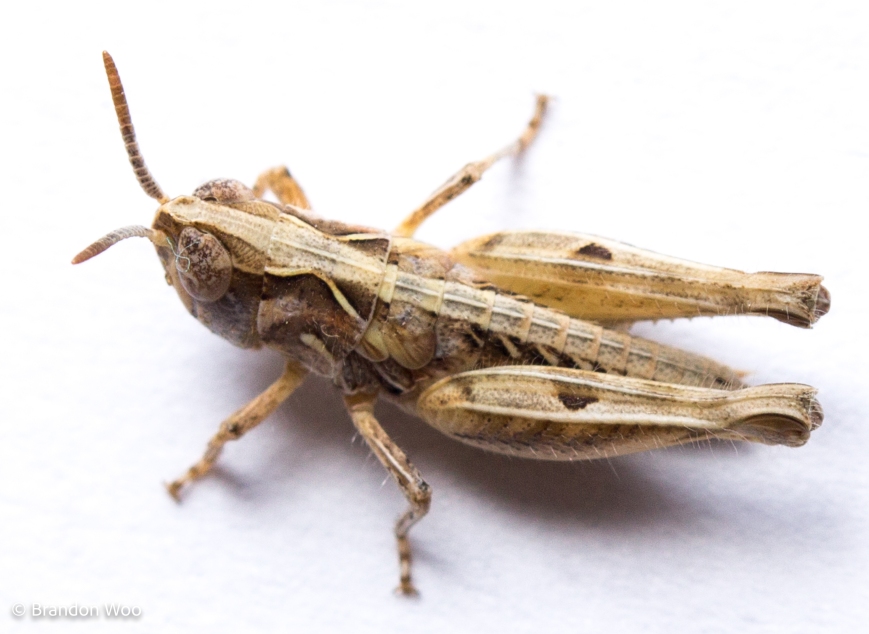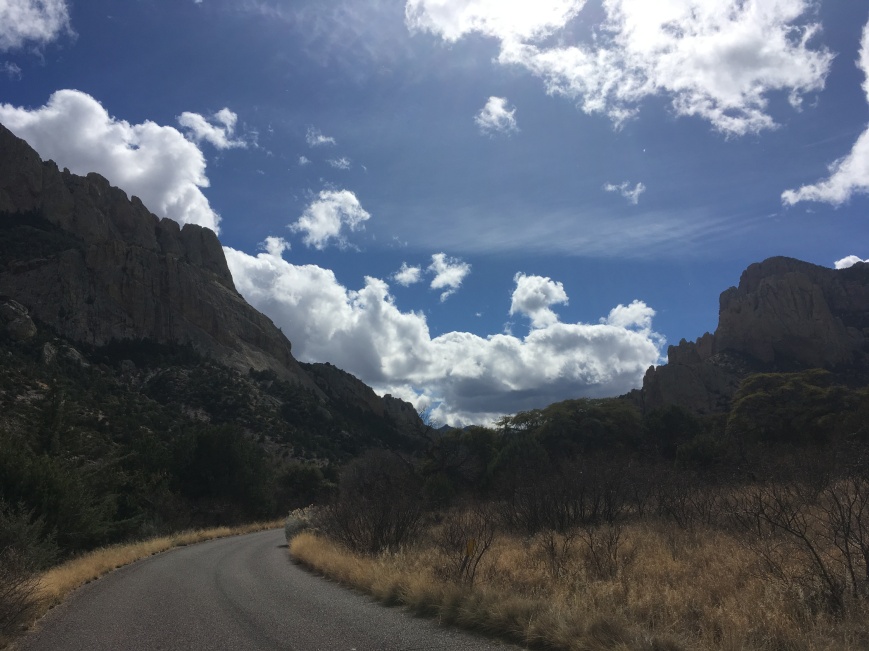
Road to the station.
It’s been a little over a week since I arrived in the Chiricahua mountains of southeastern Arizona, and I’ve got a lot to write about! I’ll only touch on a few topics here and hopefully expand on them in the coming weeks.
First thing’s first: there are some unbelievably beautiful and majestic landscapes here. In my life I’ve experienced many weird and wonderful habitats of the eastern U.S., from dry Florida scrub to cold sphagnum bogs; I’ve seen the Belizean rainforest; I’ve even been on the floodplains of Mozambique. But nothing compared to my first sight of the towering Chiricahua mountains rising up from the desert floor. Every day I walk out of my room and look up at the mountains, marveling at the fact that I am in such a place. The station is situated in a canyon, so within a short walk one can encounter several different habitats, all equally stunning. To my delight, the trees of this mountainous landscape are not too dissimilar from my familiar trees in the northeast. There are oaks, pines, junipers, boxelder, and sycamore – just different species than I’m used to, but not so weird as to be unrecognizable.
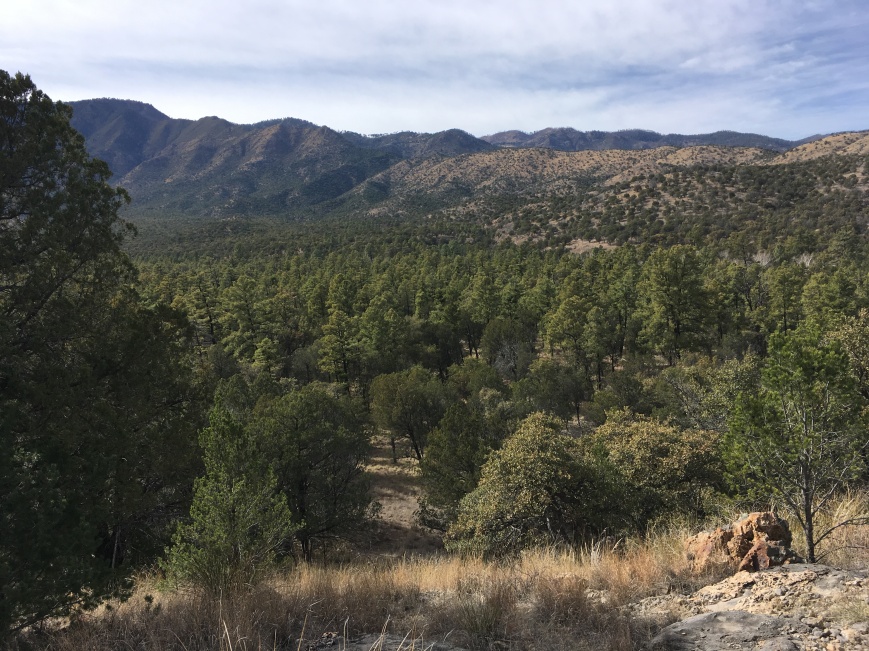
View from the top of Rattlesnake Hill.
Although you might think that southern Arizona would be warm and sunny all year round, that is certainly not the case here. The peaks of the Chiricahuas are snow-capped, and even here in the canyon, temperatures typically goes down to 30s (F) during the night. Days are generally pleasant, with temps in the upper 60s and lower 70s. I’m told that by April things will be much different. Despite the somewhat chilly weather, there is still plenty to see on the insect front. Moths come to the lights each evening, the pool is alive with water bugs, and some flowering shrubs are beginning to attract the first native bees and butterflies of the year. The buggin’ is quite varied, and in fact I have been very excited to see a few different bugs and behaviors that are typical fare of introductory entomology textbooks (but seemingly rarely found in the north!). It’s well known, for example, that many giant water bugs (Belostomatidae) exhibit male parental care. Females glue their eggs to the male’s back, and he protects them and aerates them until they hatch. A few days ago I was poking around the station pool and found an Abedus herberti giant water bug carrying eggs! It was very cool to see this behavior that I had read about for years but never seen. Another poolside find was a gorgeous Hyles lineata (white-lined sphinx moth) nectaring among the flowers. A photo of a sphinx moth hovering in front of a flower with its long proboscis extended to reach and suck up the nectar is a typical image in biology textbooks, but it was really something else to see this large, powerful animal going about its business (luckily, it didn’t seem to mind my flash snapping away!).

Hyles lineata (white-lined sphinx) nectaring.
On the orthoptera front, things are pretty slow unfortunately. Most of the orthopteran fauna in the area matures later in summer, so I’m stuck with whoever overwinters as nymphs or adults – not too many species! I have been lucky enough to find 10 different species (11 if you count the Gryllodes from Tucson, which are not present at the station), most of which are new to me. I’m hoping that the nymphs among the lot will mature by the time I leave. It’s quiet at night – nobody singing except the occasional owl.

Orthopterans found around the Southwestern Research Station, AZ, March 7th to March 11th, 2018.
Speaking of vertebrates, my camera has been pointed at them quite a bit more than usual. There are numerous mammals, birds, and herps that are restricted to the Chiricahuas (at least in the U.S.), so I’ve tried to document them whenever I can. My macro lens is obviously not the best tool to image a bird, but I think I’ve done a reasonable job with a few species given my equipment.
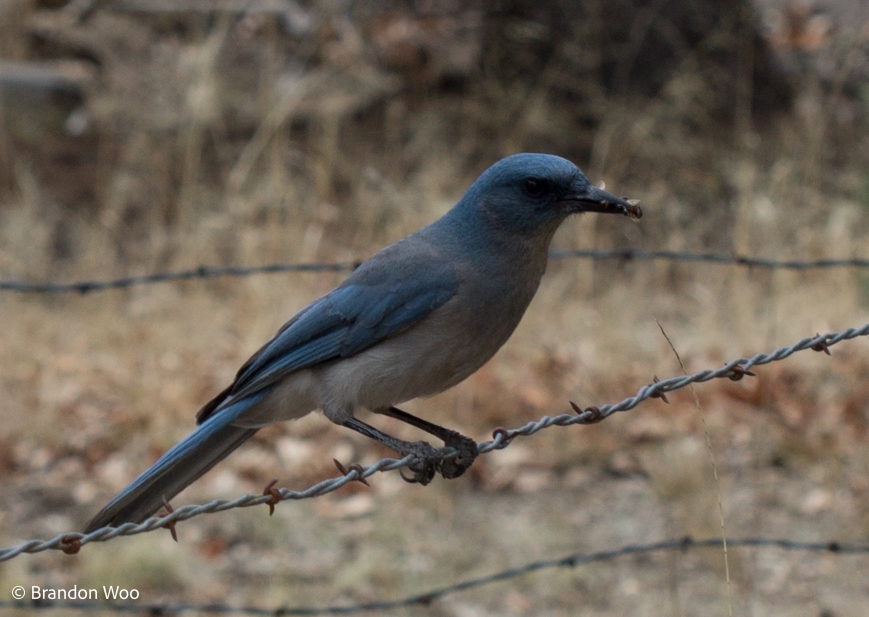
Mexican Jay (Aphelocoma wollweberi), a common bird typical of mountainous areas in the southwest and in Mexico.
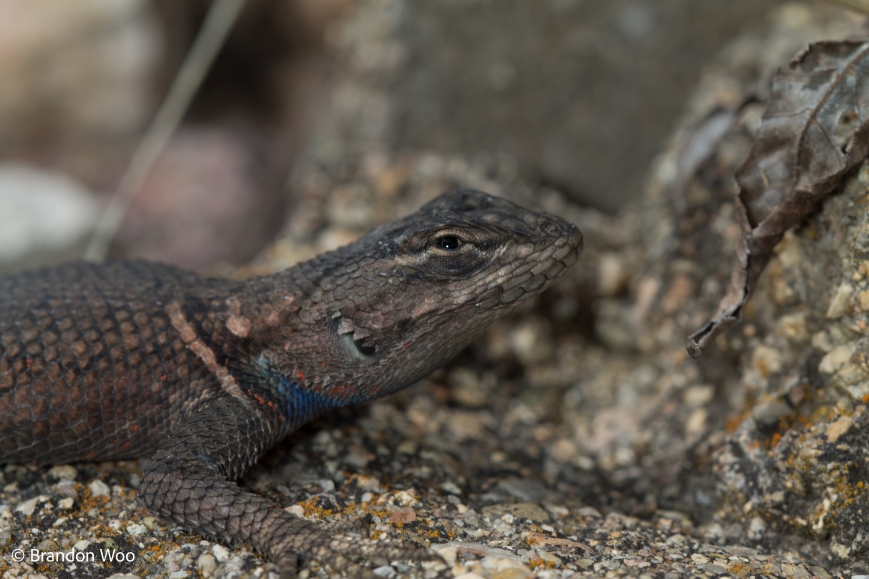
Sceloporus jarrovii, a nice-looking lizard that hangs out behind the lab buildings.
Finally, The Frog Incident. I had heard that there were one or two individuals of the endangered Chiricahua leopard frog (Lithobates chiricahuensis) living in the pool, but never saw them during the day. On Tuesday night I went to the pool in early evening to release the aforementioned giant water bug with eggs, and saw the frog hanging out by the edge! I raced to get my camera, but unfortunately the frog wasted no time before diving to the bottom. I poked around the other side of the pool and discovered a second leopard frog. This one was much more cooperative at first, staying still while I slowly moved closer with my camera. It got to the point where I was mere inches away. Then the frog jumped at me. Now before you laugh, let me tell you that this is one large frog, and it was pitch black outside at this point except for my fading headlamp beam. I spooked and my flash flew right into the pool. It took about 2 seconds to say “oh shit” and reach in to grab my poor, soaked flash unit (luckily this was the shallow end of the pool). I immediately hurried over to the technical equipment lab, which is kept much warmer than the other buildings, and attempted to dry everything out. Nothing seemed to be functioning so I eventually brought them back to my room and laid them out there overnight. In the morning the remote trigger was working but the flash refused to fire. This was really not ideal. I had a backup flash unit that I could use, but it’s an old one and very cranky. Luckily it never came to that, for just yesterday my flash showed signs of life, and now it appears to be no worse for the wear.
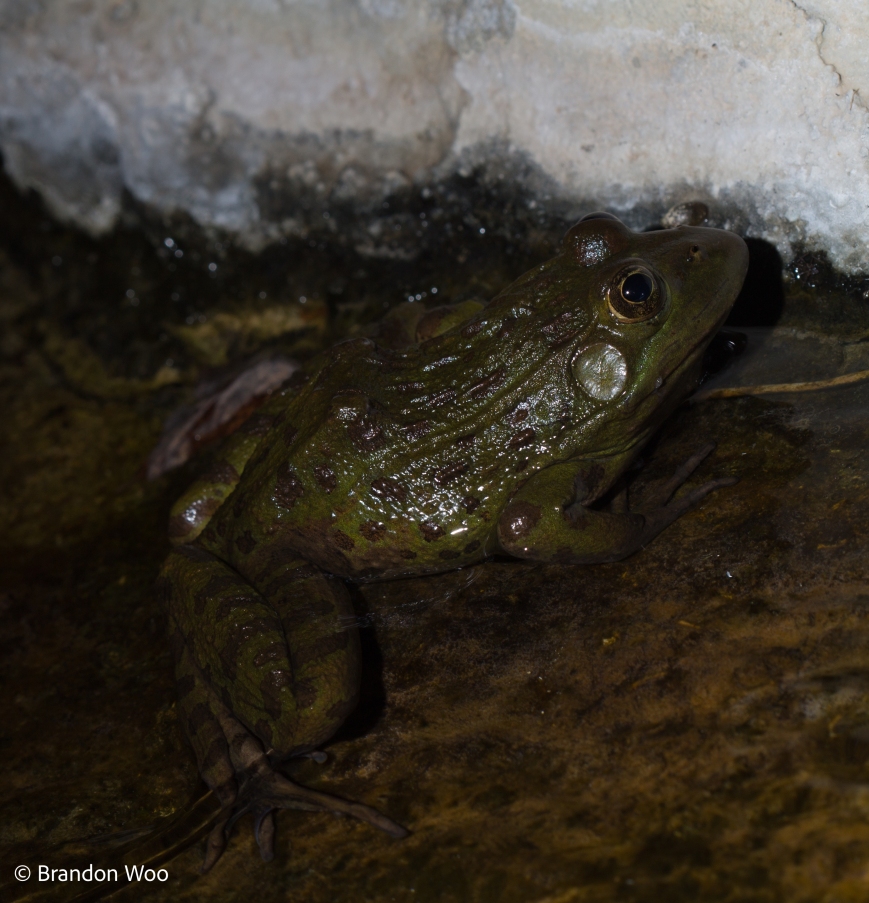
The image that almost cost me my flash – Chiricahua leopard frog (Lithobates chiricahuensis)










